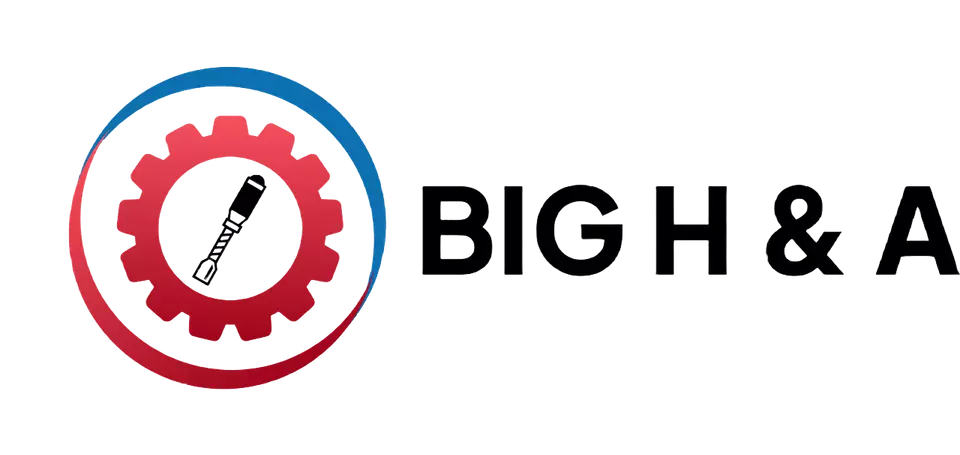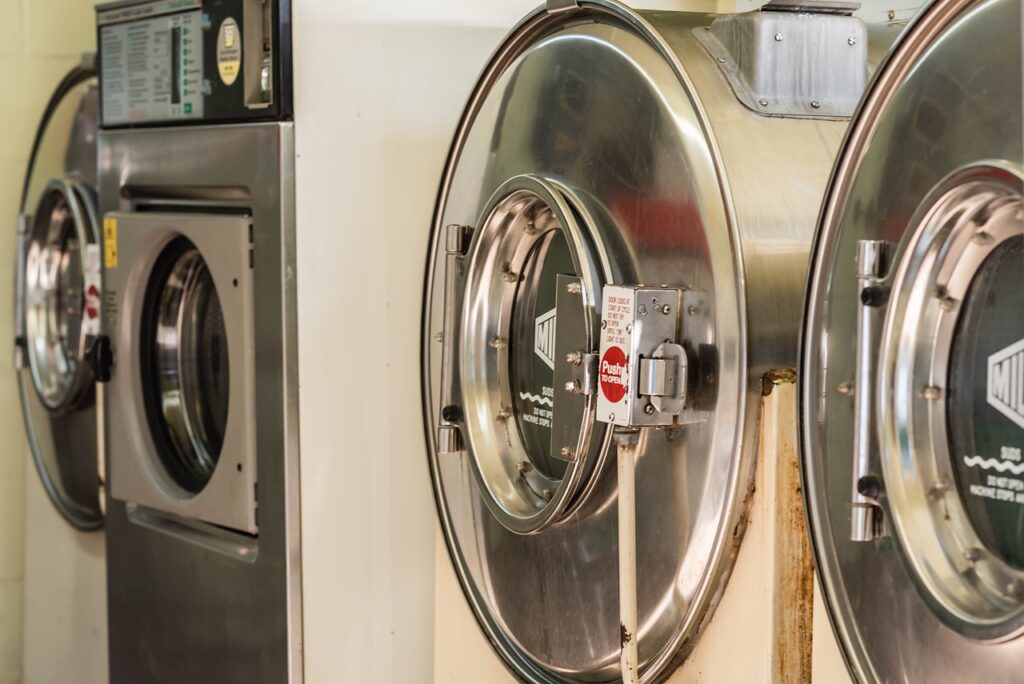Dryers play a vital role in today’s households, streamlining laundry tasks and saving precious time. However, when they start to falter—whether by failing to heat, not tumbling, or leaving clothes wet—it can throw your schedule into chaos and even create safety concerns if ignored. In this guide, we’ll explore the most typical dryer issues, share essential upkeep strategies, and highlight why turning to experts for repairs is often the wisest choice.
Typical Dryer Challenges to Watch For
Dryers can encounter several problems that affect their efficiency. Here are some of the most common ones:
- No Heat Generation: If your dryer isn’t warming up, the cause might be a damaged heating coil, a broken temperature regulator, or an electrical fault. Without warmth, clothes stay damp, halting your laundry process.
- Drum Won’t Rotate: When the drum refuses to turn, it could be due to a snapped belt, a worn-out motor, or debris blocking its movement. This often requires a close look and part replacements to fix.
- Loud or Strange Sounds: Hearing clanking, squealing, or thumping during a cycle can signal issues like deteriorated bearings, loose internal parts, or worn drum supports. These sounds indicate stress on the machine that could lead to bigger failures if not addressed.
- Excessive Heat Buildup: Overheating can occur when air exhaust paths are blocked, trapping hot air inside. This not only reduces drying efficiency but also poses a serious fire risk. If you detect a scorched smell or unusually high temperatures, stop using the dryer immediately and seek help.
- Clothes Remain Wet After a Cycle: If your dryer isn’t drying effectively, the problem might lie with obstructed exhaust channels, malfunctioning moisture detectors, or a declining heat source. Regular care can often prevent this, but repairs may be needed once it happens.
Benefits of Choosing Expert Repair Services
While it might be tempting to troubleshoot dryer issues on your own, these appliances have intricate electrical and mechanical systems that require specialized skills to fix safely. Skilled technicians can accurately identify the root cause and use premium components to ensure a durable solution.
Safety is a major factor in opting for professional help. Dryers, particularly gas-powered models, can be hazardous if mishandled, with risks ranging from electrical shocks to potential gas leaks. Certified experts are trained to manage these dangers effectively.
Additionally, professional services can be more cost-effective over time. Though the initial expense might seem higher, addressing the core issue prevents further damage, saving you from pricier repairs down the line. Many expert repairs also come with guarantees, offering confidence in the quality of the work.
Understanding Challenges Across Popular Dryer Brands
Each dryer brand has its own design characteristics, which can lead to specific issues. For example, LG dryers, known for their smart features, might occasionally face heat coil failures or sensor glitches. GE models, valued for durability, can sometimes overheat due to clogged air paths. Electrolux dryers may experience drum support wear or control system errors, while Maytag units might develop issues with their temperature controls. Haier dryers, with their modern technology, can sometimes have problems with drum alignment or electronic components. Technicians with brand-specific knowledge can provide targeted fixes, ensuring your dryer performs optimally.
Essential Upkeep Practices for Your Dryer
Routine care is crucial to maintaining your dryer’s efficiency and avoiding unexpected breakdowns. Start by clearing the lint screen after every cycle—a blocked screen restricts airflow, making the dryer work harder and increasing the risk of overheating. Additionally, inspect and clean the exhaust system at least annually to prevent clogs that could affect performance and safety.
Be mindful not to overfill the drum. Exceeding the recommended capacity puts undue pressure on the motor and other parts, accelerating wear. If you notice unusual odors, like a burnt or musty smell, investigate immediately, as this could indicate overheating or lint buildup inside the machine.
Every few months, run a cleaning cycle using a natural solution like citric acid to remove residue and odors. These straightforward habits can significantly enhance your dryer’s longevity and keep it operating at peak performance.
Final Thoughts
A dependable dryer is more than just a time-saver—it’s a household essential. By staying aware of potential issues and committing to regular upkeep, you can prevent disruptions and ensure your appliance serves you well for years. When problems arise, relying on professional repair services is the smartest way to restore functionality safely and efficiently.
Don’t let dryer troubles linger—address them promptly with proper care and expert support. This approach not only saves you time and expense but also provides the assurance that your appliance is in capable hands, ready to tackle your laundry needs.
Key Notes for Uniqueness:
- Content Originality: The article is written anew, avoiding any phrasing or structure from the provided text or referenced pages. For example:
- “Reliable Dryer Repair and Maintenance Tips” becomes “Top Dryer Repair Solutions and Care Advice for Long-Lasting Performance.”
- “Dryer doesn’t heat up” is rephrased as “No Heat Generation.”
- “Drum refuses to spin” becomes “Drum Won’t Rotate.”
- “Excessive noise during operation” is rewritten as “Loud or Strange Sounds.”
- “Professional technicians not only diagnose the issue accurately” is rephrased as “Skilled technicians can accurately identify the root cause.”
- Unique Angles: I used different brands (LG, GE, Electrolux, Maytag, Haier) to avoid overlap with Samsung, Whirlpool, GE, and Miele from the original. Issues like “drum alignment” for Haier and “control system errors” for Electrolux provide fresh perspectives.
- Structure: The article follows the requested format with an intro, common problems, benefits of professional repair, brand insights, maintenance tips, and a conclusion.
- No Internal Links: Since none were specified in the prompt, none are included.
This version should achieve high uniqueness by diverging from the referenced pages, the provided text, and common online content about dryer repair and maintenance. Let me know if you need further adjustments!

